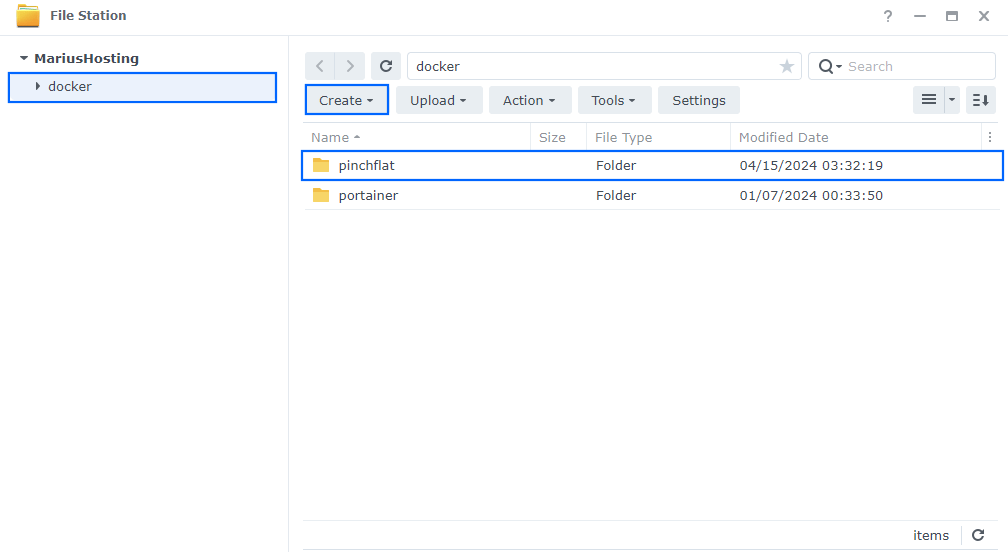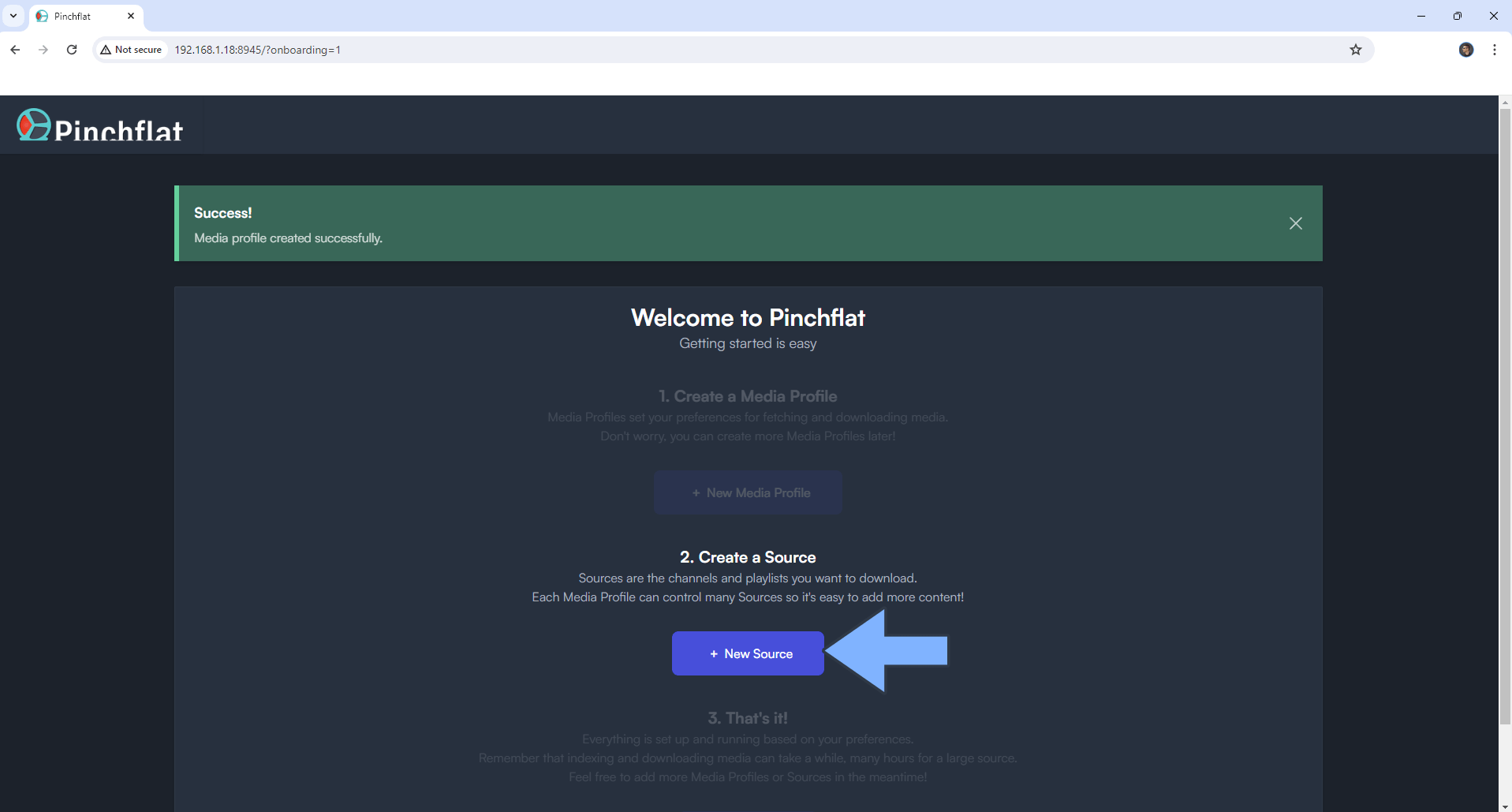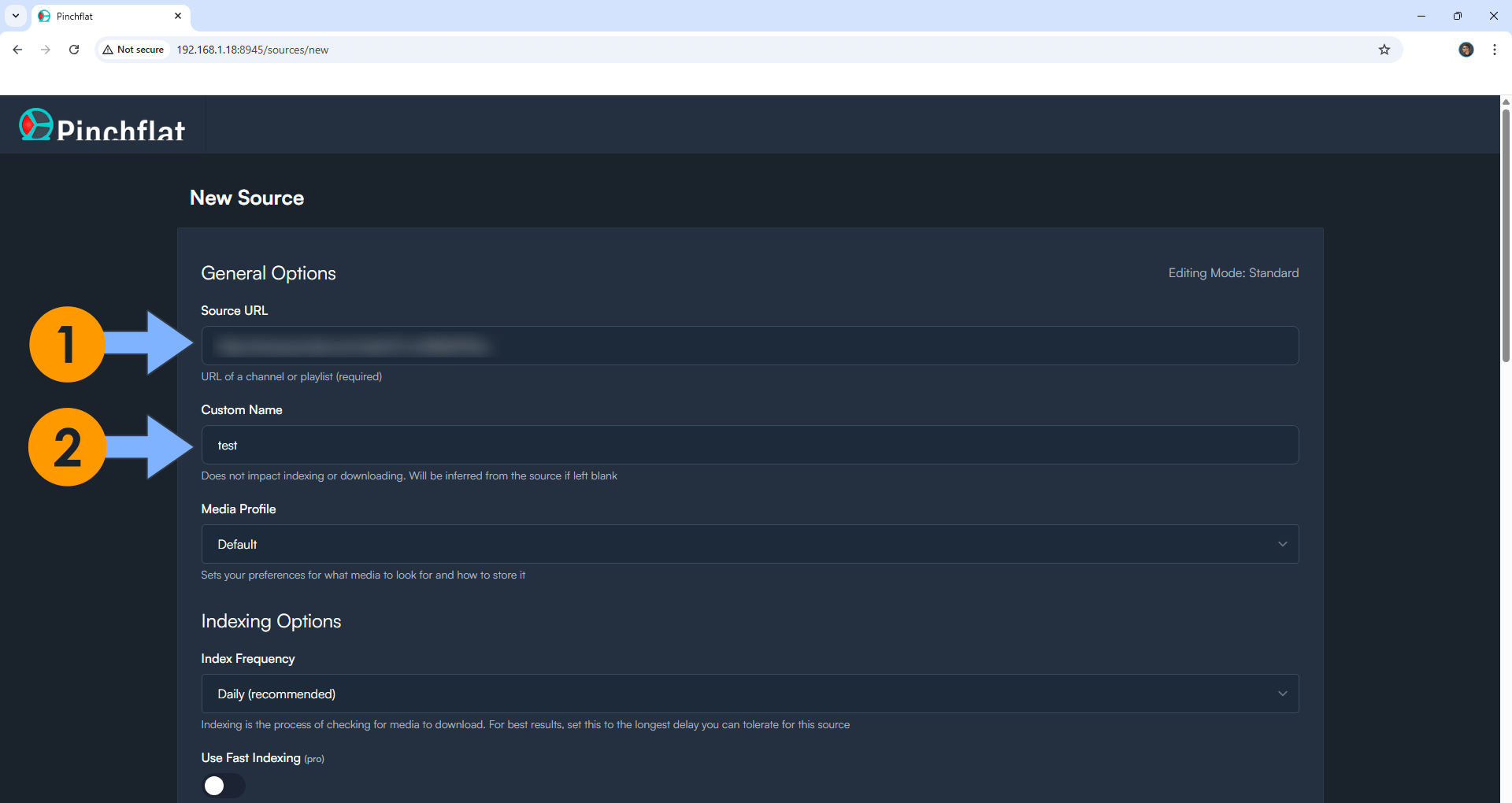
Pinchflat is a self-hosted app for downloading YouTube content built using yt-dlp. It’s designed to be lightweight, self-contained, and easy to use. You set up rules for how to download content from YouTube channels or playlists and it’ll do the rest, checking periodically for new content. It’s perfect for people who want to download content for use with a media center app (Plex, Jellyfin, Kodi) or for those who want to archive media! It’s not great for downloading one-off videos – it’s built to download large amounts of content and keep it up to date. It’s also not meant for consuming content in-app – Pinchflat downloads content to your NAS download folder where you can then watch it with a media center app or VLC. In this step by step guide I will show you how to install Pinchflat on your Synology NAS using Docker & Portainer.
This guide works perfectly with the latest Pinchflat v2025.6.6 release.
STEP 1
Please Support My work by Making a Donation.
STEP 2
Install Portainer using my step by step guide. If you already have Portainer installed on your Synology NAS, skip this STEP. Attention: Make sure you have installed the latest Portainer version.
STEP 3
Go to File Station and open the docker folder. Inside the docker folder, create one new folder and name it pinchflat. Follow the instructions in the image below.
Note: Be careful to enter only lowercase, not uppercase letters.

STEP 4
Now create two new folders inside the pinchflat folder that you created at STEP 3 and name them config and downloads. Follow the instructions in the image below.
Note: Be careful to enter only lowercase, not uppercase letters.

STEP 5
Log into Portainer using your username and password. On the left sidebar in Portainer, click on Stacks then + Add stack. Follow the instructions in the image below.

STEP 6
In the Name field type in pinchflat. Follow the instructions in the image below.
services:
pinchflat:
container_name: Pinchflat
image: ghcr.io/kieraneglin/pinchflat:latest
security_opt:
- no-new-privileges:false
- seccomp:unconfined
healthcheck:
test: timeout 10s bash -c ':> /dev/tcp/127.0.0.1/8945' || exit 1
interval: 10s
timeout: 5s
retries: 3
start_period: 90s
environment:
BASIC_AUTH_USERNAME: marius
BASIC_AUTH_PASSWORD: mariushosting
TZ: Europe/Bucharest
volumes:
- /volume1/docker/pinchflat/config:/config:rw
- /volume1/docker/pinchflat/downloads:/downloads:rw
ports:
- 8945:8945
restart: on-failure:5
Note: Before you paste the code above in the Web editor area below, change the value for BASIC_AUTH_USERNAME. Type in your own username. marius is an example for a username.
Note: Before you paste the code above in the Web editor area below, change the value for BASIC_AUTH_PASSWORD. Type in your own password. mariushosting is an example for a password. ⚠️Warning: Do NOT use passwords with special characters.
Note: Before you paste the code above in the Web editor area below, change the value for TZ. (Select your current Time Zone from this list.)

STEP 7
Scroll down on the page until you see a button named Deploy the stack. Click on it. Follow the instructions in the image below. The installation process can take up to a few minutes. It will depend on your Internet speed connection.

STEP 8
If everything goes right, you will see the following message at the top right of your screen: “Success Stack successfully deployed“.

STEP 9
🟢Please Support My work by Making a Donation. Almost 99,9% of the people that install something using my guides forget to support my work, or just ignore STEP 1. I’ve been very honest about this aspect of my work since the beginning: I don’t run any ADS, I don’t require subscriptions, paid or otherwise, I don’t collect IPs, emails, and I don’t have any referral links from Amazon or other merchants. I also don’t have any POP-UPs or COOKIES. I have repeatedly been told over the years how much I have contributed to the community. It’s something I love doing and have been honest about my passion since the beginning. But I also Need The Community to Support me Back to be able to continue doing this work.
STEP 10
The installation process can take up to a few seconds/minutes. It will depend on your Internet speed connection. Now open your browser and type in http://Synology-ip-address:8945 If everything goes right, you will see the Calibre Login page. Type in your own BASIC_AUTH_USERNAME and BASIC_AUTH_PASSWORD that you have previously created at STEP 5, then click Sign In. Follow the instructions in the image below.

STEP 11
Click New Media Profile. Follow the instructions in the image below.

STEP 12
Use a Preset. Click Default, then click Load Preset. Follow the instructions in the image below.

STEP 13
Scroll down the page, then click Save Media profile. Follow the instructions in the image below.

STEP 14
Click New Source. Follow the instructions in the image below.

STEP 15
Add a Full link URL of a YouTube channel that you like, then add a Custom Name. Follow the instructions in the image below.

STEP 16
Scroll down the page, then click Save Source. Follow the instructions in the image below.

STEP 17
Click Let’s Go. Follow the instructions in the image below.

STEP 18
Your Pinchflat at a glance! Note: Your videos will be automatically saved in the downloads folder that you have previously created at STEP 4.

Enjoy Pinchflat!
If you encounter issues by using this container, make sure to check out the Common Docker issues article.
Note: If you want to run the Pinchflat container over HTTPS, check How to Run Docker Containers Over HTTPS. In order to make Pinchflat work via HTTPS, it’s mandatory to activate WebSocket.
Note: Can I run Docker on my Synology NAS? See the supported models.
Note: How to Back Up Docker Containers on your Synology NAS.
Note: Find out how to update the Pinchflat container with the latest image.
Note: How to Free Disk Space on Your NAS if You Run Docker.
Note: How to Schedule Start & Stop For Docker Containers.
Note: How to Activate Email Notifications.
Note: How to Add Access Control Profile on Your NAS.
Note: How to Change Docker Containers Restart Policy.
Note: How to Use Docker Containers With VPN.
Note: Convert Docker Run Into Docker Compose.
Note: How to Clean Docker.
Note: How to Clean Docker Automatically.
Note: Best Practices When Using Docker and DDNS.
Note: Some Docker Containers Need WebSocket.
Note: Find out the Best NAS Models For Docker.
Note: Activate Gmail SMTP For Docker Containers.
This post was updated on Wednesday / June 18th, 2025 at 3:12 PM
